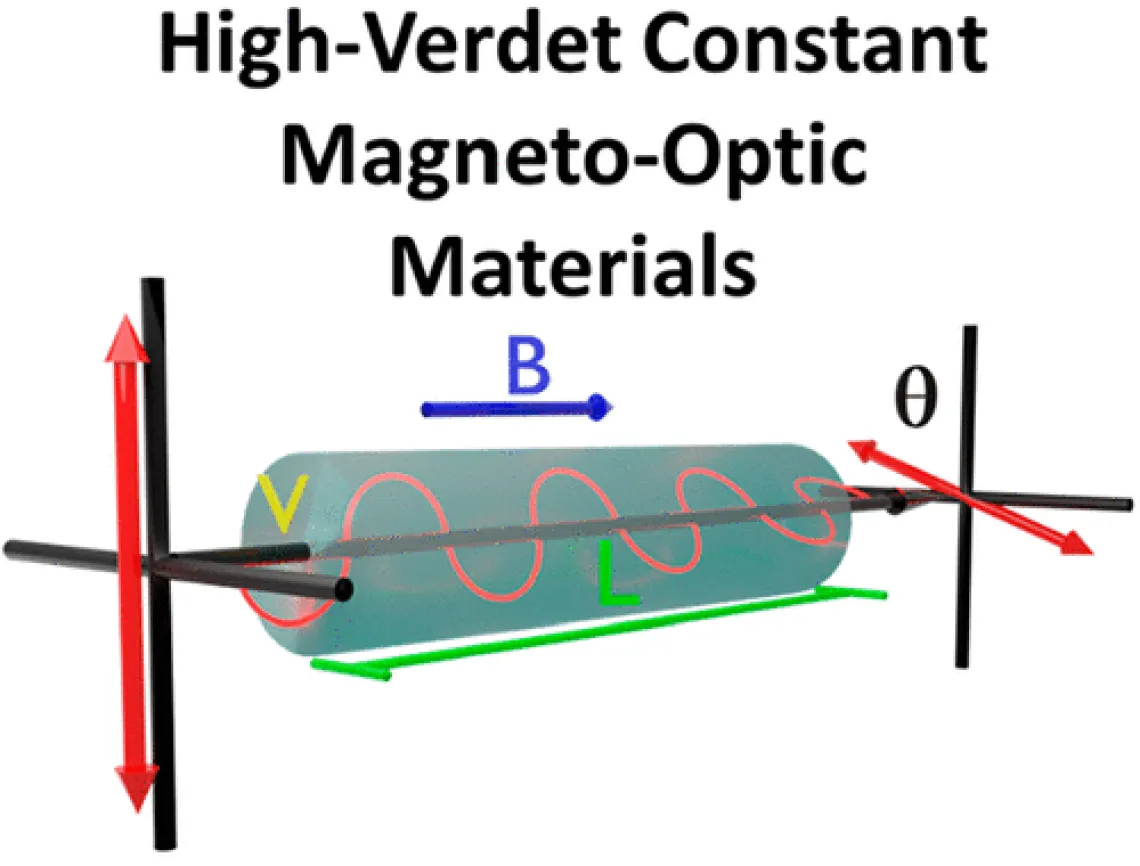High Verdet Constant Materials for Magneto-Optical Faraday Rotation: A review

Abstract: The Faraday effect is a magneto-optical (MO) phenomenon by which the polarization direction of linearly polarized light is rotated when passing through a transparent material with the application of a magnetic field along the direction of light propagation. The magnitude of the angle by which light is rotated at specific wavelengths, temperatures, and applied magnetic fields is directly proportional to the Verdet constant, which is an intrinsic bulk property of an optically transparent material. A high Verdet constant is desired for MO applications such as optical isolators, sensors, or modulators to reduce the path length required to obtain large optical rotation with modest magnetic fields to enable device miniaturization and overall cost reduction. MO material development has been ongoing for nearly the past two centuries, from which a wide range of materials have emerged. Herein, we review the development of high Verdet constant MO materials across many material classes, with an emphasis on recent developments of higher Verdet constant polymeric and polymer-nanocomposite materials. Inorganic materials have primarily been used for Faraday rotation systems which initially focused on the use of amorphous glasses and has since expanded into MO active crystals, ceramics, ferrofluids, organic small molecules, synthetic polymers, and polymer–nanoparticle nanocomposites. Although the most widely used materials for MO applications, hard matter based on inorganic materials typically possess Verdet constants on the order of 103–104 °/T·m at room temperature when measured in the visible and NIR ranges. More recent work has focused on using soft matter alternatives composed of organic small molecules, polymers, and polymer–nanoparticle nanocomposites which afford higher Verdet constants ranging from 104 to 106 °/T·m at room temperature. The current Review aims to discuss inorganic, organic, and hybrid high Verdet constant materials, which has been previously complicated by nonuniformity in the units and sampling conditions used for these MO measurements.
